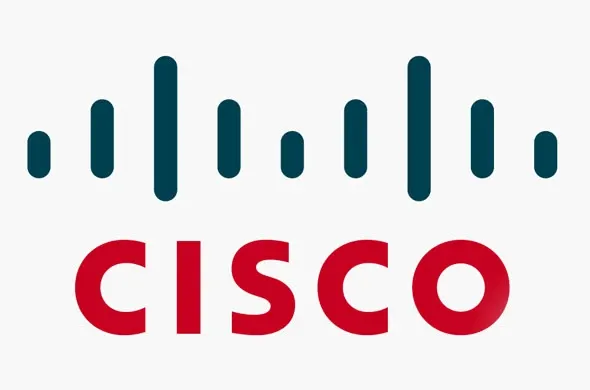Telefónica Holds 96.85 Percent of Its Deutschland Subsidiary Shares
Following the end of the public delisting acquisition offer for Telefónica Deutschland, Telefónica holds approximately 96.85% of the shares in its German subsidiary.

Cisco CEO Chuck Robbins will add the executive chairman role to his title, solidifying his position as he tries to remake the business that John Chambers built into one of the largest companies in the technology industry, according to Bloomberg.
Chambers will not stand for re-election to the post of executive chairman in December, the company said, ending more than two decades of leadership at the networking company. He first joined the board in 1993. Robbins, who has been CEO since 2015, will assume that role.
The change gives Robbins more complete control to steer Cisco, the biggest maker of equipment that forms the backbone of the internet, away from its reliance on the high-priced hardware, which provides most of its revenue. Under Chambers, who served as CEO of the company from 1995 until 2015, those products helped raise Cisco’s annual sales from $1.2 billion to nearly $50 billion. That surge stalled as the networking industry changed, and Cisco hasn’t had a double-digit percentage year of revenue expansion since 2010.
As CEO of Cisco, Chambers, 68, was one of the most prominent spokesmen for the boom that transformed the internet into a network that redefined how people work, communicate and get entertainment. He charted the rise that briefly made Cisco the world’s most valuable company and later navigated it through the dot-com bust, the financial crisis and the advent of a fresh crop of competitors that are creating less-expensive ways to design and manage computer networks.
Robbins, who assumed the CEO role in July 2015, has struggled to fire up sales as the industry shifts to computing in the cloud. Owners of such facilities, like Amazon’s Web Services, are increasingly building their own hardware and replacing traditional suppliers of servers, storage and networking. In response, Robbins is trying to make Cisco’s products do more for its customers by adding software management capabilities and stand-alone services provided over the internet.
Much of that effort is coming through a string of acquisitions, such as as the August announcement of its $320 million purchase of Springpath, a provider of software used in data centers. Software and subscription deferred revenue is now more than $5 billion, Robbins said during the company’s last earnings presentation. That represents a gain of 50 percent from the same period a year earlier.
At its annual meeting in December, the board is expected to reduce its size to 11 members, 10 of whom will be independent directors, Cisco said. The company has a mandatory retirement age of 70 for board members.